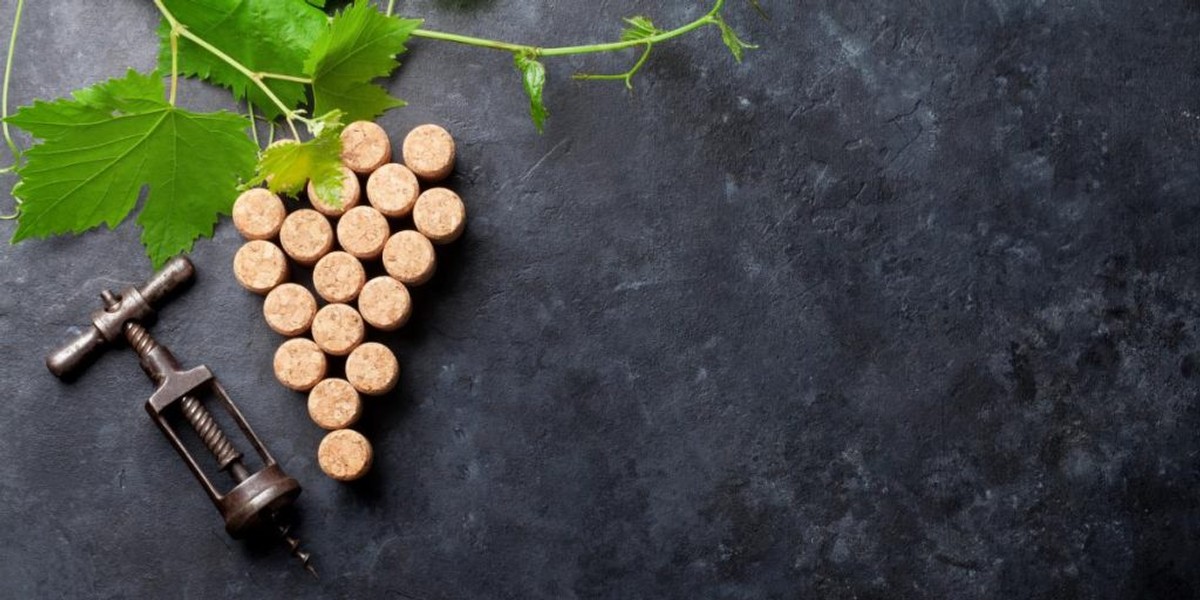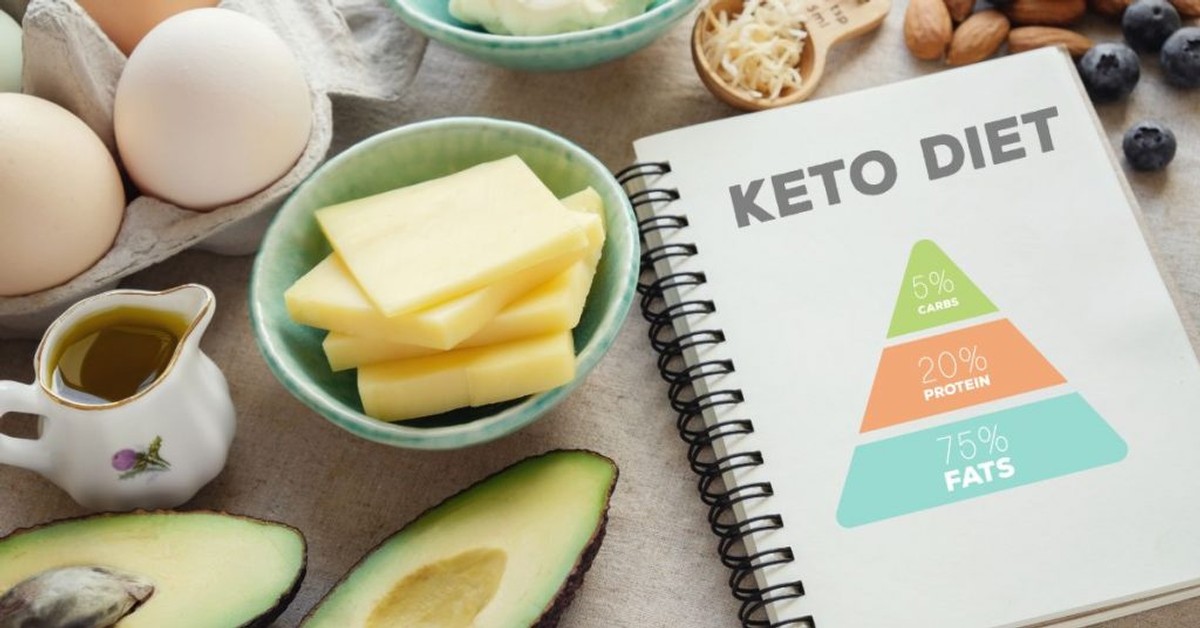Oregon vs. Burgundy Pinot Noir: A Comparison
Why is Oregon Pinot Noir compared so often to Burgundy Pinot Noir? The wine achieved its greatest fame growing in the vineyards of Burgundy, France, so it's a compliment when Willamette Valley wines are called Burgundian. How is it that Oregon wines recall their French cousins so vividly?

In a Class of Their Own
“New World” Pinot Noirs don't just refer to those grown in the United States. They can also refer to wines grown in New Zealand. Now, many places take an approach to Pinot Noir that pronounces its fruit flavors and lose some of the wine's inherent, patient balance. It's simply a matter of taste, but this can be one way California and New Zealand Pinot Noirs differ.
Climate Cousins
It's not always intentional, either – at least not at first. Pinot Noir grapes are affected by weather, region, light and cloud cover, soil composition – an incredible range of factors that start before the more specific ones that winemakers control.
Like Oregon, Burgundy sees cool conditions with a good deal of cloud cover. The soil composition in both areas is very unique and uncommon. Both Oregon and Burgundy use some of the same “vine clones” - vines that are propagated from a particular plant. Some producers even produce Pinot Noir in both areas – Oregon and Burgundy.
More Similarities Than Differences
There's something about Oregon Pinot Noir that maintains the greater complexity and silken texture of those Burgundy wines. It's more elegant, with a taste of fruit that's deep and lingering instead of immediate. For many, that's how you recognize both an Oregon Pinot Noir and a Burgundian one. They're both more subtle. There's a touch more acidity, which develops a better balance. That can pronounce their mouthfeel that much more with ideal pairings.
A comparison comes away showing that Oregon and Burgundy Pinot Noir are remarkably similar and satisfying for many of the same reasons. If anything, the Oregon wines are just a touch earthier, a delicious quality in a Pinot Noir and a very Oregon-centric feature. They mix elegance with minerality that evokes its fruit flavors in incredible ways. You're also more likely to find Oregon Pinot Noir with a bit more range, such as variants with lower alcohol content (better for dieting!) The Burgundy wines are masters of oakiness, and delivering their fruit components in waves.
More Complex, More Elegant
The main takeaway here is that both Oregon and Burgundy wines leave Californian and New Zealand versions in the dust when it comes to more complex wines. They have deeper, more layered taste, and their better acidity levels make Oregon and Burgundy Pinots more fulfilling when pairing them with snacks or meals.
Are Wine Corks Compostable?
Can you compost wine corks? Or do you recycle wine corks? Both are possible. Cork itself is an incredibly unique wood that can be harvested in a sustainable manner. It doesn't even harm the tree. If you understand what makes cork so special, you'll also understand the proper ways to compost or recycle it.

Why Cork is Special
Cork is made from cork oak, a tree that grows up to 65 feet tall. Yet the tree doesn't need to be cut down in order to harvest it. It can keep on standing and growing. Cork oak regrows its outer bark. About once a decade, the bark can be stripped off an adult tree without causing any harm. On average, a single cork tree can see its bark safely harvested 16 times in its lifetime.
Cork Oak Stewardship
Many cork producers are also working with the Rainforest Alliance. While these trees grow in Southwest Europe and Northwest Africa, the Rainforest Alliance itself is helping cork producers to earn Forest Stewardship Council certifications. These educate producers and place requirements on them to meet both social and environmental standards. This will help conserve cork oak safely into the future.
What makes cork so special? Why can't you use any old product to seal wine? Cork is light and possesses elastic qualities. This allows it to serve as a stopper in many bottled products. It's also impermeable so gases and liquids can't pass through it. This keeps whatever is sealed in a corked bottle fresh and unspoiled.
How to Compost Wine Corks
Make sure that the cork isn't actually a synthetic material made to look like cork wood. You can cut the cork open to check. Synthetic corks are foamy and look very uniform inside. Do not compost a synthetic cork.
If it's a real cork, remove anything artificial attached to it. This can include foil covers, plastic, or screw lid material. Anything plastic, from a synthetic cork to a plastic screw cap, can go in the recycling bin.
To compost wine corks much more quickly, chop the cork up to help it break down. As in any compost material, the more green elements (like grass, plant clippings, or leftover vegetable scrap) added into the compost, the quicker non-green materials will break down.
You can even do this with other cork materials, such as a notice board. Just make sure that they don't have glue or paint on them. You can cut these parts out and still recycle the parts without paint or glue.
How to Recycle Wine Corks
Real cork can be recycled, but don't throw it in the recycling bin. Many stores have programs to recycle wine corks – you can take your corks into Whole Foods, for instance. Look for a store with Cork Reharvest Boxes.
There are also companies that have drop-offs at other businesses, such as ReCork and Cork Forest Conservation Alliance. You can search online for the nearest drop-off locations. If these locations are too distant, you can mail your corks in at no cost to CorkClub. There are other businesses that may offer these services, so don't be afraid to check. These are simply the ones that are accessible to the most people.
Of course, you can also reuse corks in home art projects. If you're recycling corks that were used in these projects, cut any parts with paint or glue off them before bringing them in for recycling.
So uncork a bottle of your favorite wine and explore your possibilities!
Is Pinot Gris Keto Wine Friendly?
Many people think a keto diet means they can't enjoy a drink any more. You still have a pretty wide range of drinks in which to indulge. This starts with pinot gris white wine on keto. You can move from there using a low carb wine chart you'll find below – one for white and one for red wine.

What Makes a Low Carb Wine?
Not all wines are keto-friendly, as many have a high residual sugar content. Some you can enjoy with limitation, some are just no-gos when on a keto diet.
What you're looking for are dry wines. A dry wine has less than 10 grams of sugar in every bottle. Sweeter wines have a shorter fermentation period. Since yeast consumes sugar in alcohol, this shorter fermentation period means not as much of the sugar has been consumed.
Seems easy, right? Wines usually don't have nutrition facts printed on them. That means keeping a handy low carb wine chart around. Here's one for red wine:
Red Wine Carb Chart
| Pinot noir | 3.4g per 5 oz. |
| Merlot | 3.7g |
| Cabernet Sauvignon | 3.8g |
| Syrah | 4g |
| Red Zinfandel | 4.2g |
| Port | 9g |
| Sherry | 9g |
If you're allowed 20 grams of sugar per day, a 5 oz. glass of pinot noir or merlot should be easy to factor in. Yet port and sherry will take up nearly half your daily allowance of sugar.
White wines can be a little better, but not by much:
White Wine Carb Chart
| Sauvignon Blanc | 3g per 5 oz. |
| Chardonnay | 3.2g |
| Prosecco | 3.8g |
| Pinot grigio | 3.8g |
| Pinot gris | 3.8g |
| Pinot blanc | 3.8g |
| Riesling | 5.5g |
| Rose | 5.8g |
| White Zinfandel | 5.8g |
| Moscato | 7.8g |
Champagne can vary, but is typically in the 3.8 gram per glass range. You can enjoy 2 glasses of pinot gris and still be below the sugar content of a single glass of moscato.
Good Guidelines with Keto Wine
A good general rule to keep on the keto diet is to hold your wine choice to those below 5 grams of carbohydrates per glass.
Now one advantage of wine is that you typically have it later in the day. You already know how much sugar you've had throughout the rest of the day. If wine is one of the last things you'll have that day, it's easy to pull out your low carb wine chart and see what you can have.
Pinot gris white wine on keto is a great choice and goes with a lot of healthy meals.
You should know that products made from wine – such as alcohol pops or wine coolers – will have much more sugar. They'll come in at more than 30 grams of sugar apiece. Avoid these.
Wine, though, is one of the safer treats you can have in terms of sustaining your keto diet.
What Snacks Pair Well with Pinot Noir?
Pinot noir is a fantastic wine to enjoy while snacking. Its medium body, red berry flavor, and silky cherry notes all combine for a relaxing experience. That means there are several pinot noir appetizer pairing options that are ideal. When thinking of snacks to pair with pinot noir, think of what goes best with kicking back and enjoying a gentle sunset.

Basic Pairing
Oregon pinot noir is grown in the Umpqua and Willamette valleys, where the ancient volcanic soil offers a uniquely elegant wine. This makes for a wine that matches rich feasts of rare foods, sure. It also means a wine that's down to earth and pairs with snacks and even cold leftovers perfectly.
Salmon, duck, chicken, pork, and mushroom risotto are all ideal for a full meal with pinot noir. If you have anything like that in appetizer form, it will fit well. That said, let's think of more traditional snack fare: fruits, cheeses, and snack meats.
The Perfect Snack Plate
A snack plate with crackers, goat cheese, pear, and salami is the perfect way to enjoy pinot noir. Herb crackers are ideal because they aren't too salty, and the herbs will set well against the rich bouquet of the pinot noir. The goat cheese is creamy and lets the other tastes linger on your tongue. Pear is refreshing and complements the brighter berry flavors. Finally, salami is salty and has a mouthwatering taste that enhances every other element. Each of these enhances the others as well as the wine, so you have one of the most ideal and relaxing plates possible.
Other cheeses can also work, but will shift up the combined experience a bit. Fresh mozzarella matches these other flavors well, but you'll lose the creaminess of the goat cheese. Brie retains that creaminess, but can feel a little too understated compared to goat cheese or mozzarella.
Figs and dried fruit also match pinot noir well. So do walnuts.
Mushroom Appetizers
Practically anything with mushrooms goes with pinot noir, so garlic butter mushrooms or bacon stuffed mushrooms can be phenomenal. You can also have them alongside plates like the one above. (There's nothing saying you can only have one pinot noir appetizer pairing at a time.)
Leftovers: Practical Snacks to Pair with Pinot Noir
Sometimes a snack isn't an Instagram-perfect meat-and-cheese plate, or stuffed mushrooms you spent 45 minutes preparing. Sometimes the best and most relaxed snacks to pair with pinot noir are just the delicious leftovers you've been looking forward to all day.
You might think from herb crackers, mozzarella, salami, and mushrooms that cold pizza would taste excellent with pinot noir. You would be absolutely right. The most popular pizza toppings (like sausage and pepperoni, or mushrooms and olives for vegetarians) pair exquisitely with pinot noir. The melty mozzarella cheese and oils are a delicious match, hot or cold.
What Is the Driest White Wine?
Picture this: you're at a cozy dinner with friends, and you're handed a glass of wine. You take that first sip, and instead of sweetness enveloping your palate, you're met with a clean, crisp, and slightly tart flavor. That, our fellow wine enthusiasts, is the magic of a dry white wine. But what is the driest white wine? As we delve deeper, we'll uncover the nuances that distinguish the driest from the rest.

But what exactly does it mean for a wine to be "dry," and how can you distinguish it from its sweeter counterparts? In this guide, we'll embark on a journey through the world of dry wines, specifically focusing on not sweet white wines, and uncover the delightful intricacies that make them the choice for those who crave a different kind of wine experience. So, grab your corkscrew, and let's uncork the secrets of dry and not sweet white wines.
Defining the Driest White Wine
Before we dive deeper, let's clarify what it means for a white wine to be dry. But first, what is the driest white wine? Dryness in wine refers to the absence of residual sugar. During the winemaking process, yeast consumes the grape's sugars, turning them into alcohol. The less sugar left behind, the drier the wine. To understand this, wines are categorized as follows on the sweetness scale:
Sweet: High residual sugar, like dessert wines.
Off-dry: Some residual sugar, not overtly sweet.
Semi-sweet: Moderately sweet but not overpowering.
Dry: Virtually no residual sugar, offering a crisp and refreshing taste.
Now that we've established what dry wine is, let's explore some popular white wine varieties that fit the bill.
Chardonnay: A Classic Dry White
"What is the driest white wine?" you might ask. Chardonnay, often referred to as the "queen of white wines," is renowned for its versatility. This grape varietal can produce a range of styles, from buttery and oaked to crisp and unoaked. When you're on the hunt for a dry white wine, opt for unoaked Chardonnay. It boasts a clean, crisp taste with minimal residual sugar, making it a go-to choice for those who prefer their wines on the drier side.
Sauvignon Blanc: A Zesty Delight
Sauvignon Blanc, with its vibrant acidity and citrusy notes, is another excellent choice for lovers of dry white wine. This varietal typically offers a refreshing and sharp profile, with minimal sweetness. Its grassy, herbal, and sometimes tropical fruit flavors make it a favorite among those seeking a crisp and not sweet white wine.
Pinot Grigio: Light and Crisp
Pinot Grigio, hailing from Italy, is celebrated for its light and zesty character. This varietal tends to be dry, with a clean and crisp taste. Its flavor profile often includes notes of green apple, citrus, and minerals, making it a delightful option for those who prefer their wine on the drier side.
Riesling: The Sweet vs. Dry Conundrum
Riesling is an intriguing varietal because it can span the spectrum of sweetness levels. You can find Rieslings that are cloyingly sweet, but you can also discover those that are exceptionally dry. It's important to check the label and look for keywords like "Trocken" (German for dry) to identify the driest Rieslings. When you find the right one, you'll be treated to a balanced and refreshing wine.
Avoiding Sweet White Wines: A Guide
While we've discussed some excellent options for dry white wines, you might be wondering how to steer clear of the sweeter varieties when making your selection. Here are some tips to help you avoid the sugar trap:
Read the Label: The wine label often provides clues about the wine's sweetness level. Look for terms like "dry," "extra dry," or "brut" (commonly used for sparkling wines) to indicate minimal sweetness.
Check the Residual Sugar Percentage: Some labels specify the percentage of residual sugar in the wine. Lower percentages indicate drier wines.
Explore Wine Reviews: Online resources and wine reviews can offer insights into the sweetness level of a particular wine. You can learn from others' experiences and preferences.
Ask for Recommendations: Don't hesitate to ask a knowledgeable sommelier or wine merchant for recommendations. They can guide you to the driest options available.
Sip and Savor the Dryness
In your quest for the driest wines, remember that personal taste plays a significant role. What one person considers dry, another may find slightly sweet. The key is to explore and experiment to discover the not sweet white wines that suit your palate.
At Pacific Rim & Co., we're passionate about delivering exceptional wines that reflect the unique essence of the Pacific Northwest region. Our commitment to sustainability and environmentally friendly winemaking practices ensures that each sip is an experience. Whether you're a seasoned wine lover or new to the world of wine, we invite you to explore our Pacific Rim brand and discover the beauty of dry white wines.
To find the perfect wine for your taste, visit our service page and browse our selection. Sip, savor, and celebrate the world of dry white wines with us.